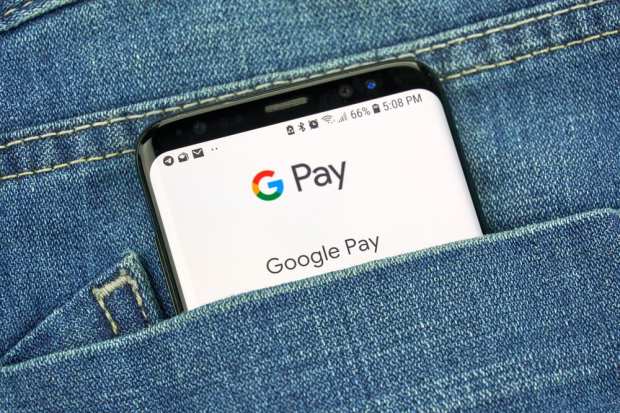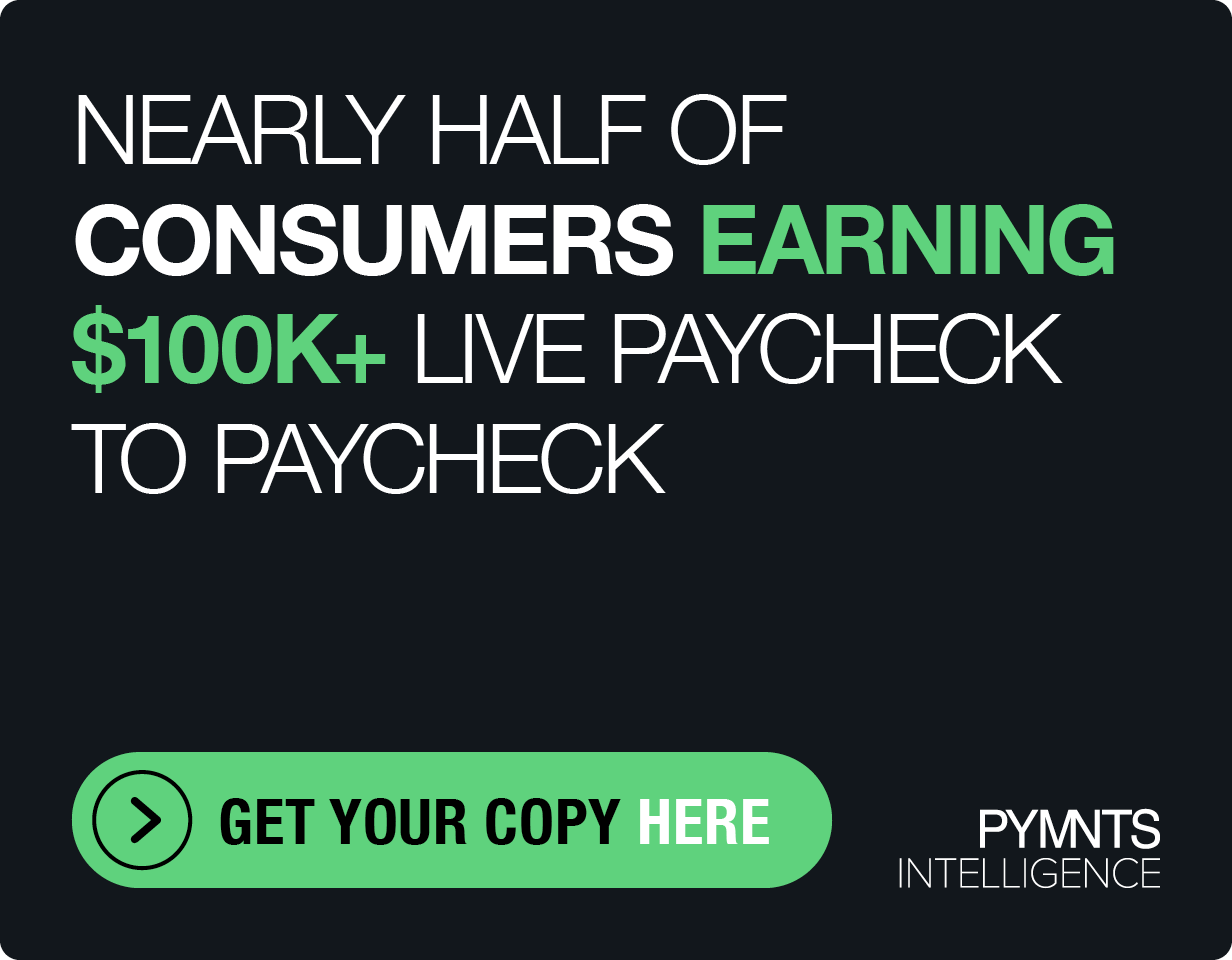Google’s Connected Economy Efforts, Overshadowed By Antitrust Suit?

News Tuesday (Oct. 20) that Google faces an antitrust suit from the Department of Justice — focused on the core search business — makes us wonder what, if anything, might happen to other business lines that, though nascent, represent bids to join and at the same time foster the connected economy.
To be sure, subsidiaries such as Waze and Google Maps, and newly installed efforts to bring banking into the Google ecosystem pale, at least as measured as revenue generators, next to efforts that generate tens of billions of dollars annually. But there are any number of ways legal actions can go, and here and abroad (particularly in the EU) there remains some speculation that Google may be reshaped, may be forced to break up — and in other cases, injunction loom.
No one really knows what might happen across a legal saga that will play out over years. But Google’s push to get commerce and payments connected more fully, especially amid the pandemic, merit some attention on their own.
Haze Surrounding Waze?
As we noted in this space earlier in the year, the U.S. Federal Trade Commission (FTC) is investigating acquisitions made by Big Tech firms in the past 10 years. In sight has been the $1.1 billion purchase of mapping app Waze, which was competed in 2013. The focus, as reported in February, has been that the two most popular mapping sites are under Google’s wing.
More recently, embedded payments came to Waze and the firm announced functionality that lets consumers pay at the pump at ExxonMobil and Shell Oil (using, for example, QR codes at the pumps themselves).
Aiding SMBs
It’s common knowledge that small and medium-sized businesses (SMBs) power Main Street and Main Street powers the U.S. economy. As discussed by Karen Webster in a column two years ago, Google made a bid to connect SMBs into its ecosystem in commerce. Shopping Actions, wrote Webster, “is Google’s big shot across Amazon’s bow, giving consumers access to a universal shopping cart to fill and then buy the things they find when searching the web.” Payment is made with credentials stored with the tech giant across Google Pay, in a channel-agnostic way.
More recently, the company updated Shopping Actions, with an announcement over the summer that sellers who participate in the company’s Buy on Google checkout experience will no longer have to pay a commission fee. The company said it would also open its platform to third-party providers — starting with PayPal and Shopify.
In other news surrounding eCommerce, Google has reportedly been testing ways users can tag products seen in YouTube videos — and monetize (i.e. buy products) those efforts
Banks, Too
In August, six additional U.S. banks and credit unions (CUs) signed on to offer checking and savings accounts through Google Pay — indicating a broadening of the company’s banking services strategy — and connect consumers to “smart DDAs” to have seamless end to end money movement. That brings the total to nine, we note, and helps consumers manage their daily financial lives through budgeting and other tools.
And in perhaps the most visible — OK, audible — outpost of the connected economy, we’ve noted through studies such as How We Will Pay, that for 23 million consumers (and counting), purchases were done using voice assistants, including Amazon’s Alexa and Google Home. That’s up 42 percent since 2018.
It’s too early to tell what Tuesday’s antitrust suit may do to reshape Google, or its units — and by extension, its connected commerce efforts. But: Likely nothing will remain static.
